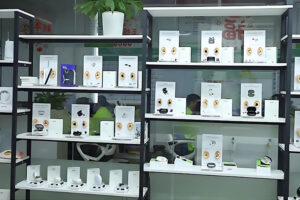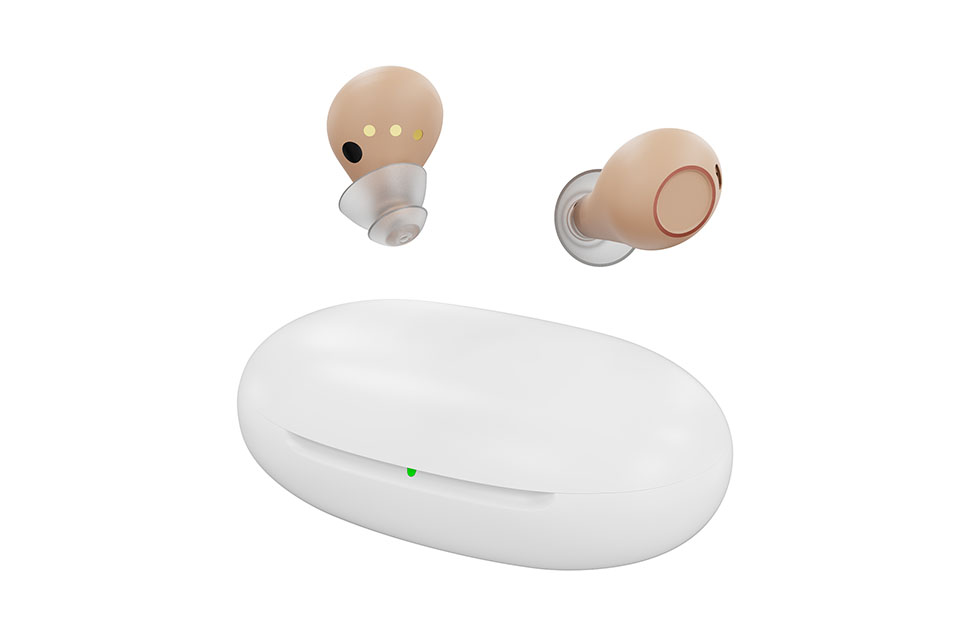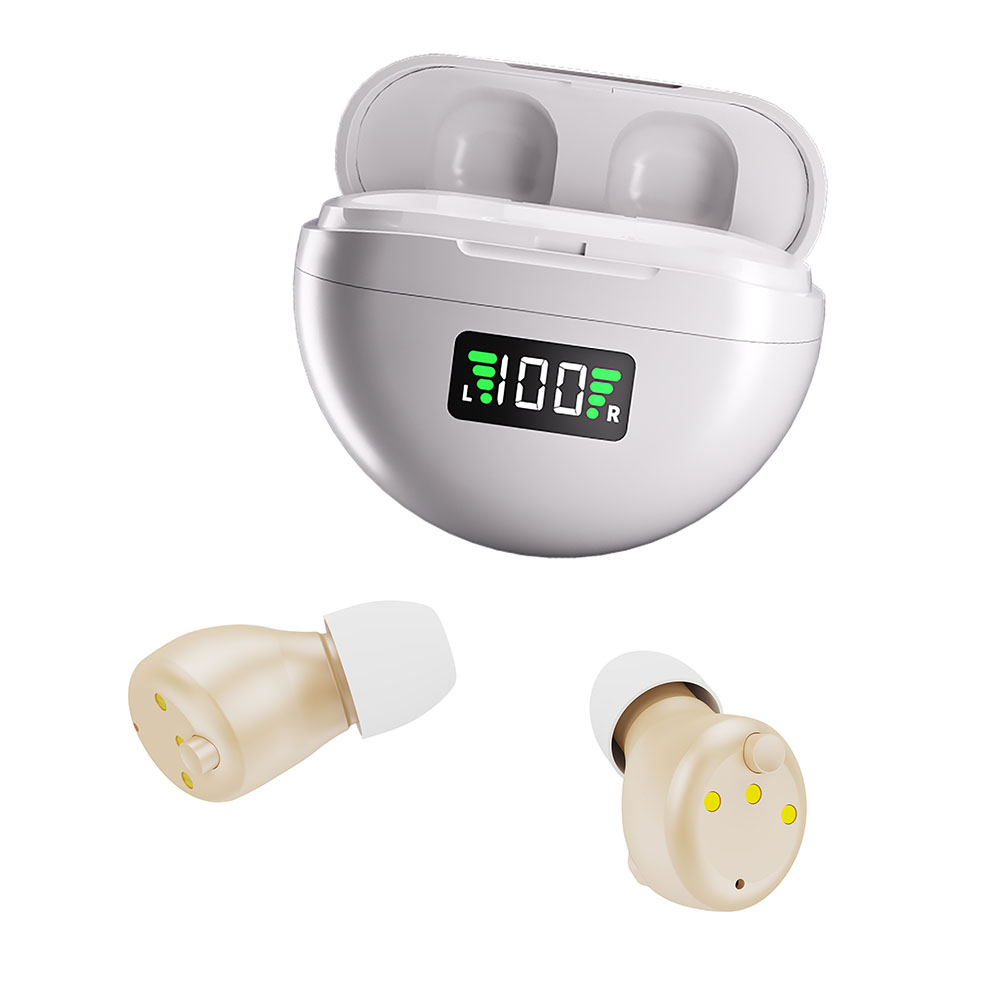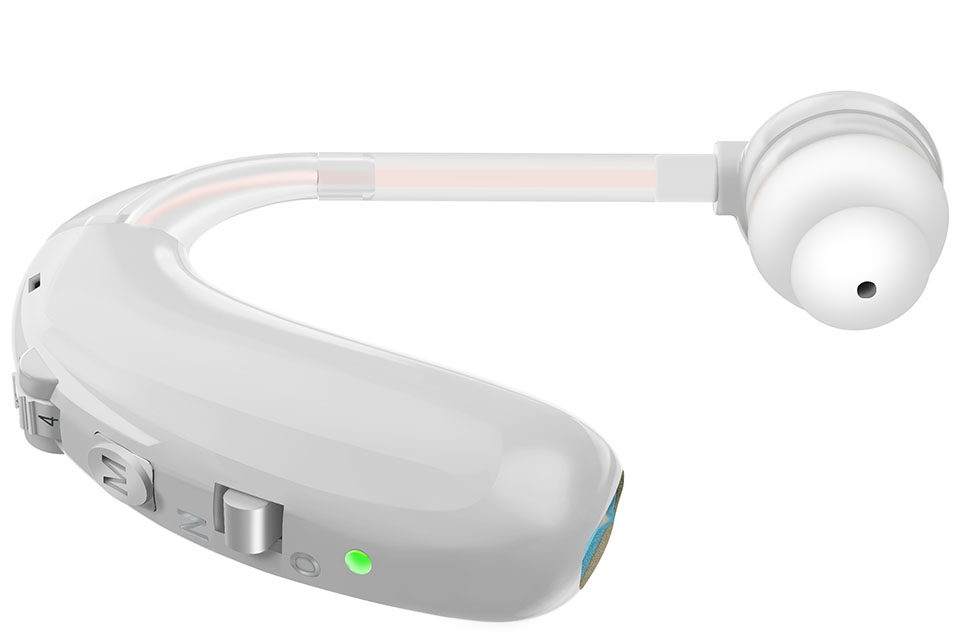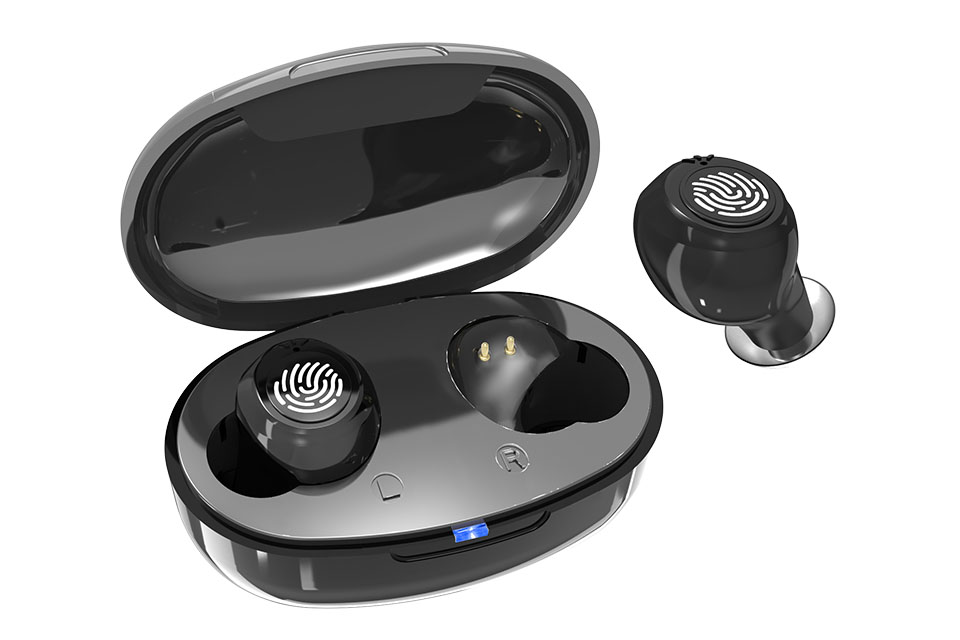Hello! Today, I want to talk with you about how the world changed from analog to digital. It is a big change! It touches almost everything you do. You can hear it in music, see it in photos, and even feel it in your ears with special tools like hearing aids. Let’s take this fun journey together.
The World Before Digits: What Is Analog?
I want you to imagine a spinning vinyl record. Remember the black circle that plays music with a needle? Or maybe you watched a big box television with rabbit ears. That is analog technology!
Analog signals are like smooth, rolling hills. They flow up and down in a wave. Here are some analog things:
- Vinyl records
- Film photography
- Analog radio
- Old telephone lines
Analog systems are all about continuous signals. They can be very rich and clear—if everything is perfect. But, noise and time can make an analog signal weaker. This is called signal degradation. Sometimes, you get static in your music or fuzzy in your TV picture. Not fun!
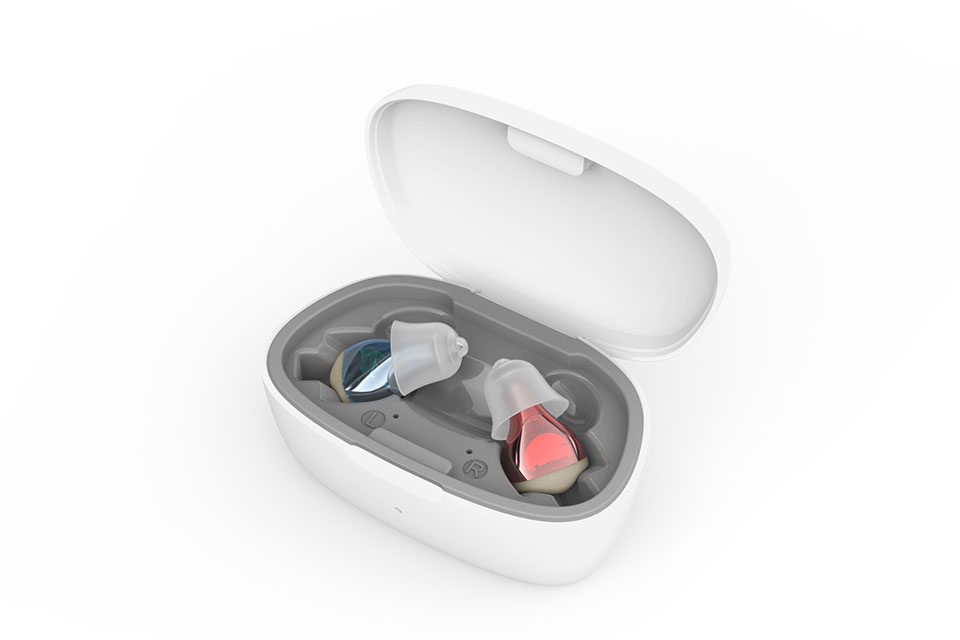
The Rise of the Bit: What Is Digital?
Now, let’s look at digital technology. Imagine your favorite song on a phone or a beautiful picture taken by a smartphone. That’s digital!
Digital signals use little steps: zeros and ones. I like to think of them as on and off lights. Digital is like building with blocks instead of drawing a roller coaster. These building blocks make digital systems strong.
Here’s what makes digital special:
- CDs and MP3s for music
- Digital photos on a phone
- Internet and email
- Bluetooth headphones
- Hearing aids with DSP chips and Bluetooth
Digital-to-Analog Converters (DAC) and Analog-to-Digital Converters (ADC) help move info back and forth between the old world and the new world.
The Switch: Why Did Digital Win?
Why did we say, “Bye-bye, analog”? That’s a great question! Digital signals are immune to noise. You can copy them a million times, and they always stay clear. You do not lose sound quality or picture quality. You save space. You can store much more for less money. Take a look at this quick table:
| Year | Data Storage Cost (per GB) | Internet Users | Vinyl Sales | CD Sales |
|---|---|---|---|---|
| 1980 | $437,000 | None | 344M | None |
| 2000 | $10 | 360M | Low | 943M |
| 2023 | <$0.10 | 5.3B | Small (revival) | Low/Streaming |
Source: RIAA, CIPA, ITU, Statista
With digital transformation, things became easy to share, store, and send. You can talk and see someone far away with just a click!
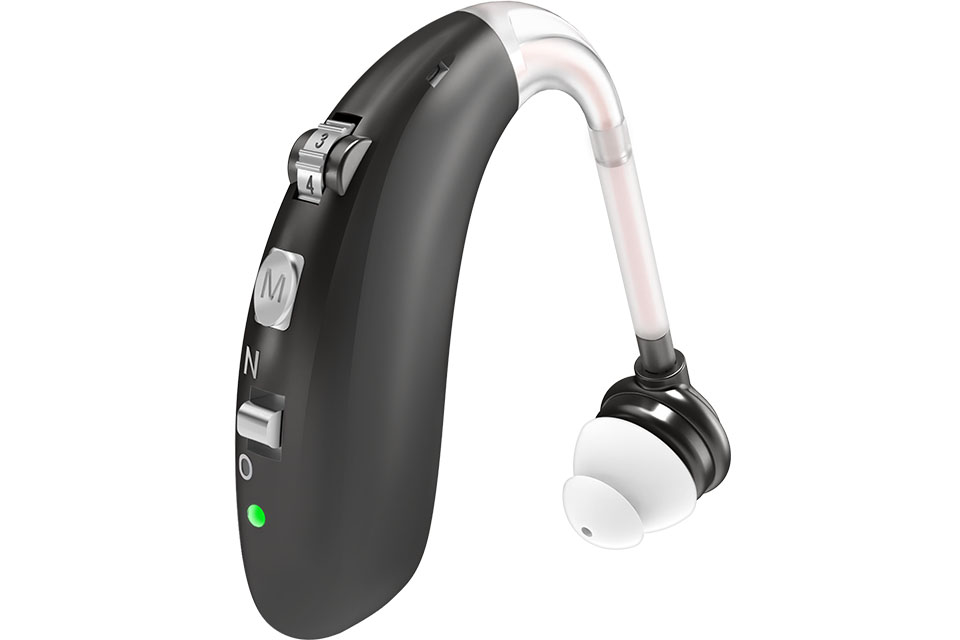
Tech Evolution in Action
Digital changed every part of life. Let’s see how it made our world better:
Communication
- From analog telephone lines to digital mobile phones and the internet
- Video calls and streaming became possible
- Speak to anyone, anywhere, anytime!
Music
- Vinyl records gave way to tapes, then CDs, then MP3s, now streaming
- Digital music means we listen to what we want, anytime, anywhere
Pictures
- Film cameras were replaced by digital cameras and now, our phone cameras
- No more waiting for film to develop!
Data Storage
- Old hard drives cost a lot and stored a little
- New flash storage holds more and costs less
- Cloud computing helps you store everything online
Healthcare
- Digital imaging helps doctors see inside the body better
- Hearing aids use digital signal processing (DSP) for clear sound
Industry
- Old big dials are now digital displays
- Automation and IoT let machines talk to each other
At its core, technology processes information. The fundamental difference between analog and digital lies in how this information is represented. Analog signals are continuous, much like a flowing wave, reflecting real-world phenomena directly. Digital signals, on the other hand, are discrete, represented by distinct values—typically binary 0s and 1s. This simple distinction has profound implications for how data is processed, stored, and transmitted, shaping the modern world.
- Direct representation of physical phenomena (e.g., sound waves, light intensity).
- Infinite possibilities for value within a given range.
- Can offer rich, ‘warm’ fidelity in ideal conditions.
- Susceptible to noise and signal degradation with transmission or copying.
- Difficult to store, process, and transmit efficiently over long distances.
- Information converted into discrete numerical values (0s and 1s).
- Values are exact, leading to perfect reproduction.
- High immunity to noise and signal degradation during transmission.
- Easy to store, process, and transmit large amounts of data.
- Enables complex computation, compression, and error correction.
One of the most dramatic impacts of the digital revolution is the plummeting cost of data storage. The ability to store vast amounts of information cheaply and efficiently fueled the growth of the internet, cloud computing, and big data. This chart illustrates the astounding decrease in the cost per Gigabyte (GB) from the early days of digital storage to modern flash technology.
Insight: The exponential decrease in storage costs (a key enabler of the digital age) follows trends like Moore’s Law, allowing for unprecedented data accumulation and access. This shift is fundamental to modern digital services and our data-driven world.
The internet, a quintessentially digital invention, has transformed global communication, commerce, and information access. From a niche technology to a ubiquitous presence, its growth illustrates the rapid adoption and societal impact of digital infrastructure.
Insight: The internet’s explosive growth showcases the power of digital communication to connect billions of people, creating a truly globalized information society and enabling new forms of social and economic interaction.
The shift from analog to digital is more than just a technical upgrade; it’s a fundamental reshaping of how we interact with technology and the world around us. While analog technology still holds niche relevance and sentimental value, the digital paradigm has unlocked unparalleled efficiencies, connectivity, and possibilities, from instant global communication to advanced AI.
This evolution continues to drive innovation, pushing the boundaries of what’s possible and fundamentally transforming human experience.
Pros and Cons: Is Digital Always Better?
Let’s look at what is good and a little tricky:
Advantages of Digital Era:
- No noise or static
- Perfect copies every time
- Store more in less space
- Easy to share with everyone
- Super-fast processing with microprocessors
Disadvantages of Digital:
- Some people miss the “warm” sound of analog music (vinyl warmth)
- Digital things can break or become lost
- Some find digital technology complex
- Makes us worry about privacy and security
- Not everyone has access—digital divide
Analog Is Not Dead!
Do you think analog is gone? Not yet! Some people love their vinyl records. Film cameras have fans. Even today, many systems use both analog and digital parts together. This is called a hybrid system.
You need digital to analog converters too. So, analog and digital will work side by side for a long time.
Meeting Your Needs: Hear the Difference
Maybe you wonder, “How can I get the best sound and clarity in my life?” You do not want noise, you want clear sound. You also want something small and smart to help if you have hearing loss. So, what can you do?
China Hearing Aid Factory is here to help you! With over 10 years’ experience, we make digital hearing aids using the latest DSP chips and Bluetooth technology. We are ISO-certified and make over 3 million hearing aids every year.
We offer OEM/ODM services. This means we can customize hearing aids just for you. With us, you get:
- Digital signal processing: Crystal clear sound!
- Bluetooth: Connects to your phones and TVs.
- Rechargeable batteries: No more changing tiny batteries every month.
- Tiny designs: No one will see your hearing aid.
- Noise reduction: Helps you hear what matters.
Look at these options to find the right hearing aid for your life:
- Types of modern hearing aids
- Best digital hearing aid choices
- Bluetooth hearing aids for clear calls
- Invisible hearing aids to fit your needs
You need hearing aids that keep up with the fast digital world. We are your partner!
Let’s Wrap Up: A Digital World for Everyone
Analog made life simple and sweet. Digital opened worlds we never dreamed of. Now, you get more choices, clear sound, and smart tools.
If you want to hear more and live better, try the best digital hearing aids from China Hearing Aid Factory. We bring you the future of sound today.
| Analog | Digital |
|---|---|
| Old phones | Smartphones |
| Vinyl | MP3/Streaming |
| Film | Digital photos |
| Big dials | Digital displays |
| Static | Crystal clarity |
References
Let’s leave static behind and enjoy a digital life—together!

